4 Crust Options That Replace Graham Crackers Easily
Substitutes for graham cracker crust can completely transform ordinary desserts into extraordinary treats that everyone loves.
Various alternatives provide similar texture and sweetness while accommodating different dietary needs or taste preferences.
The perfect crust substitute should complement your filling rather than compete with it for flavor attention.
Home bakers around the world have embraced these creative options when traditional ingredients aren't available or when something new feels necessary.
Each alternative brings its own unique character to the dessert table, sometimes adding unexpected flavor dimensions that guests find delightful.
Various cookie bases, nut mixtures, and even cereal combinations make excellent foundations for cheesecakes and pie creations.
The following guide will showcase fantastic options that might become your new favorite dessert base.
Reasons to Substitute Graham Cracker Crust
There are plenty of reasons to substitute graham cracker crust when making pies, cheesecakes, or bars, whether you’re facing allergies, ingredient shortages, or just want a new twist on your favorite desserts. Choosing the right alternative helps you keep treats tasty, safe, and perfectly textured:
Buttery Graham Cracker Crust Replacements
Graham cracker crust replacements keep pies, tarts, and cheesecakes sturdy and delicious. Flavor shifts while structure remains spot on. Discover which crust options can give your desserts a twist.
Graham Crackers
Substituting graham cracker crust is remarkably simple - just grab some actual graham crackers for an identical flavor profile.
Most home bakers find that crushing these biscuits, blending them with brown sugar and melted butter, then pressing the mixture firmly creates a perfect dessert base with the right texture.
This mixture works seamlessly in any recipe calling for graham cracker crust, whether for cheesecakes, key lime pies, or no-bake desserts.
Some adventurous cooks also experiment with alternatives like digestive biscuits, vanilla wafers, or even chocolate cookies for unique flavor twists.
Digestive Biscuit
Digestive biscuits make an excellent substitute for graham cracker crusts, offering just the right amount of crispness to create a sturdy foundation for your favorite desserts.
Their distinctive flavor adds a delightful dimension to pies, cheesecakes, and other sweet treats that traditionally call for graham crackers.
Making this alternative crust is remarkably simple – just crush the digestive biscuits either in a food processor or by placing them in a plastic bag and rolling over them until they reach a fine, sandy texture.
Next, mix the crumbs with melted butter and a touch of brown sugar for sweetness and binding power.
Ice Cream Cones
Graham cracker substitutes can transform your dessert recipes, with ice cream cones ranking as the most versatile option for pie and cheesecake crusts.
Their natural crunchiness makes them perfect when ground up and mixed with brown sugar and salt in a food processor.
The mixture needs a good beating until it reaches your desired consistency before baking for about five minutes to achieve that perfect crispy texture.
Wafer cones work especially well since they have a cookie-like flavor that complements many desserts.
Other crispy items from your pantry can serve as excellent alternatives when you're in a pinch and need something to replace traditional graham crackers in your recipes.
Oatmeal
Oats serve as an excellent substitute for traditional graham cracker crusts, offering a healthier option with fewer calories.
Simply mix oats with cinnamon, brown sugar, and a pinch of salt for delicious flavor.
After processing these ingredients together, the mixture needs only some butter before baking until it turns a beautiful brown color.
This alternative crust works perfectly in all your favorite pie recipes, adding a nutty flavor profile that many people actually prefer.
Home bakers love this swap because the ingredients are usually already in their pantry, saving both time and money.
Tips for Achieving Crunch and Structure With Graham Cracker Crust Substitutes
Getting the right crunch and structure with graham cracker crust substitutes is all about balancing texture, fat, and sweetness, so your pies and cheesecakes hold together and taste delicious. With a few easy tricks, you can use cookies, nuts, or even pretzels for a base that’s crisp, flavorful, and never soggy:
Graham Cracker Crust Alternatives: FAQ for Bakers
1. Are there gluten-free alternatives to graham crackers for crusts?
Absolutely, use gluten-free cookies, gluten-free graham crackers, or nut-based crusts for allergy-friendly pies.
2. Can I use cereal instead of graham crackers in a crust?
Yes, crushed cereals like Rice Krispies or Chex can be mixed with butter and sugar to form a crunchy crust.
3. What’s the best substitute for a no-bake pie crust?
Vanilla wafers or chocolate cookies work great for no-bake pies, just mix with melted butter and chill.
4. Are there sugar-free or low-carb alternatives to graham cracker crusts?
Yes, use almond flour, coconut flour, or sugar-free cookies for a lower-carb pie base.
5. Will substitutes hold up well for cheesecake and key lime pie?
Yes, most cookie and cracker crusts work well with rich, creamy fillings and slice easily.
6. Can I mix different substitutes together for a unique flavor?
Absolutely, combine chocolate wafers and pretzels, or add coconut flakes for a creative twist on classic crusts.
7. How should I store a pie with a graham cracker substitute crust?
Keep in the fridge in an airtight container for up to four days, or freeze for longer storage.

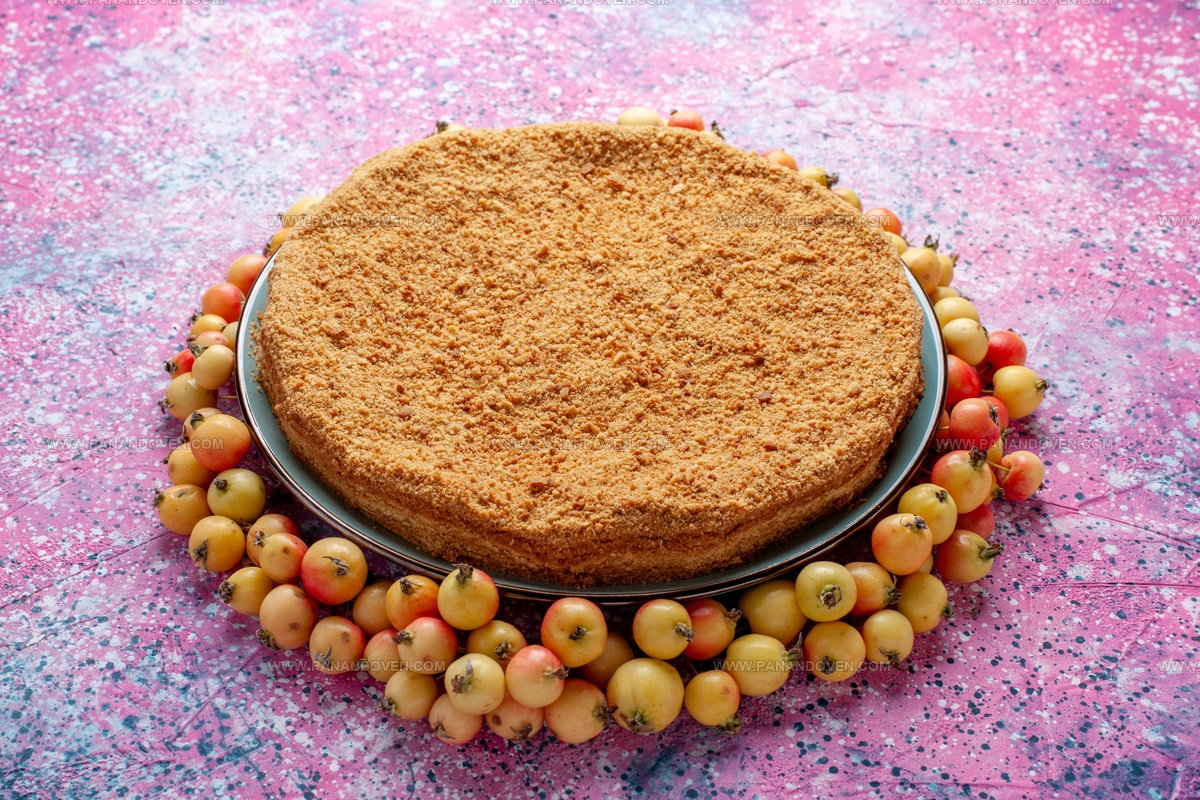
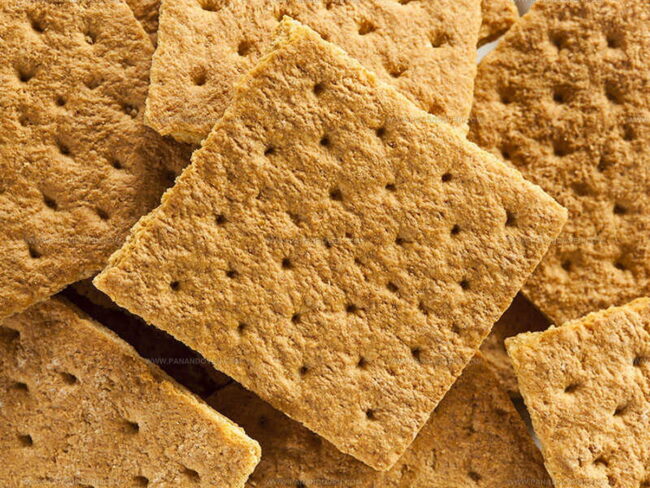
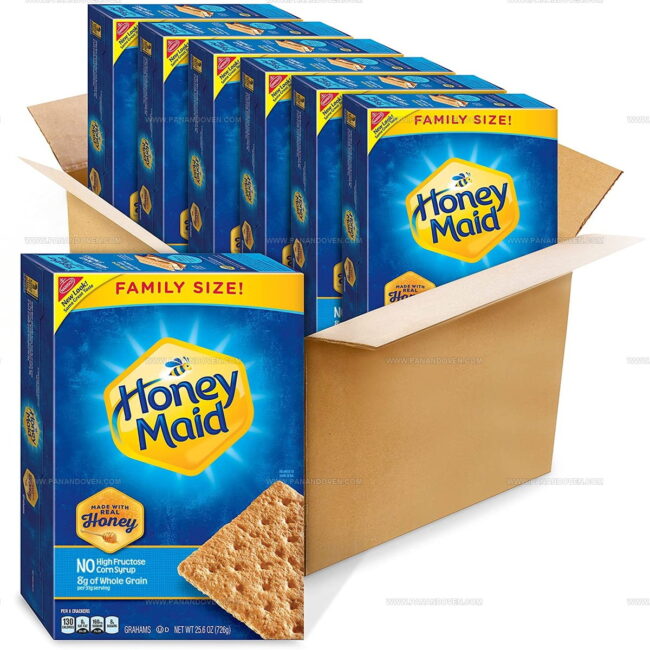
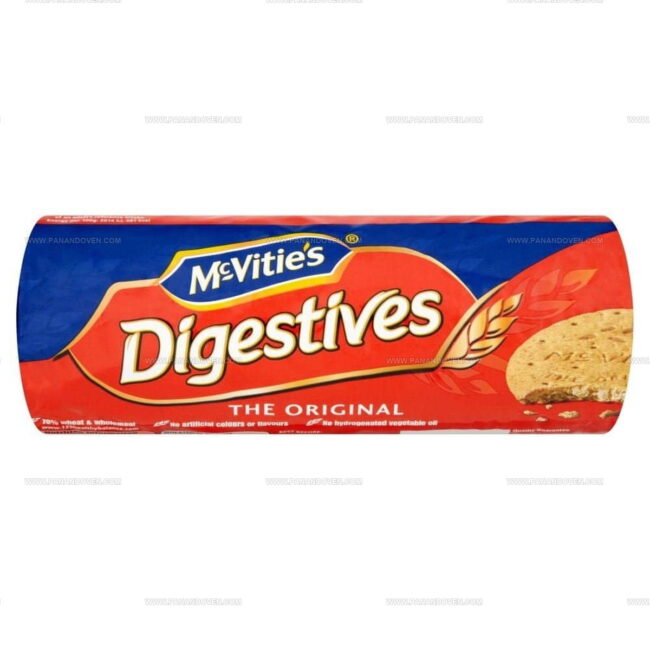
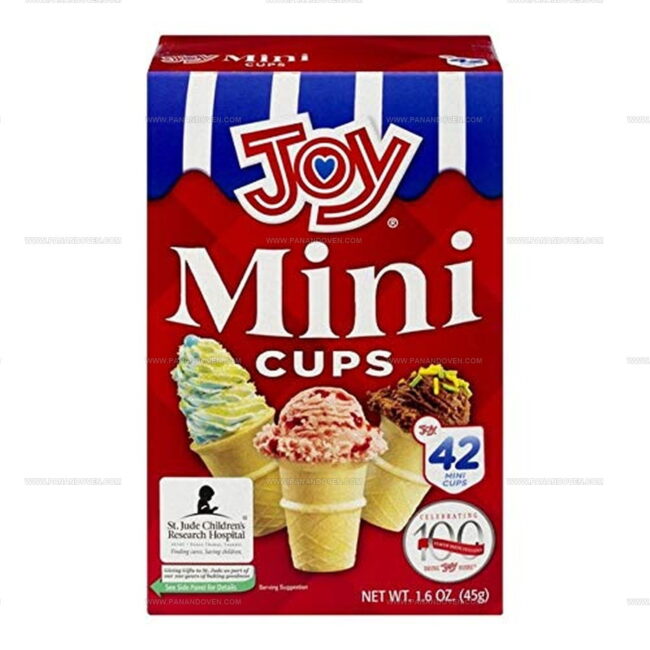
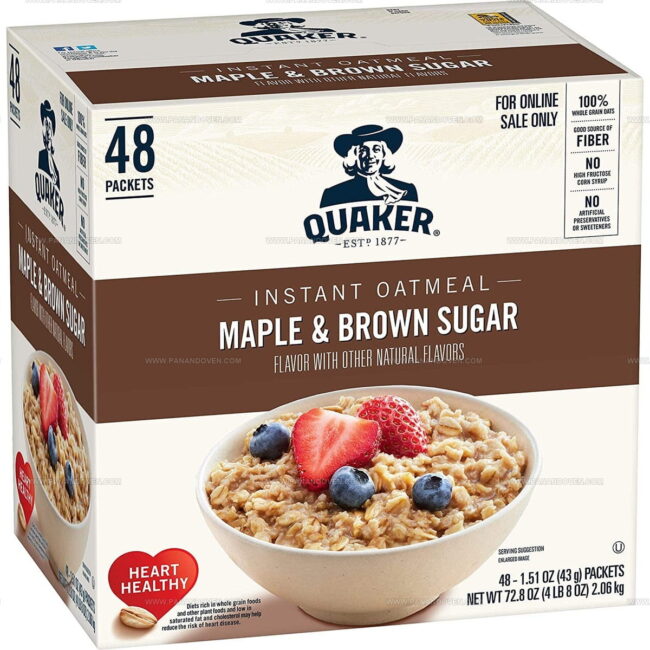
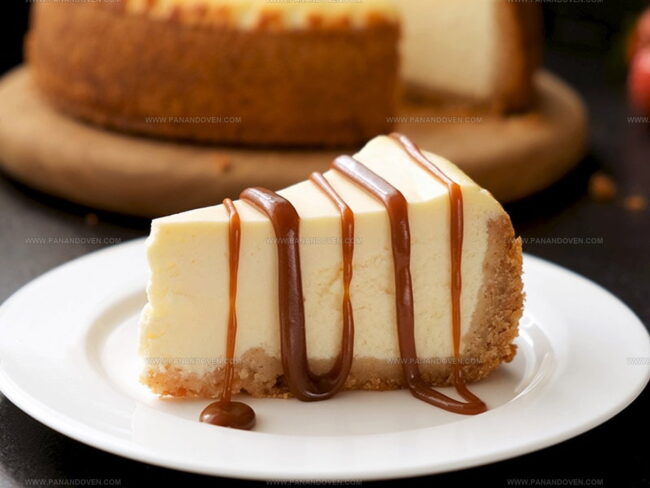
Marcus Reed
Founder & Food Content Creator
Expertise
Single-recipe development, Seasonal and local ingredient utilization, Food photography and styling, Culinary writing and content creation
Education
Culinary Arts Certificate, Blue Ridge Community and Technical College, WV
Focus: Fundamentals of culinary techniques, emphasizing hands-on experience in small-scale kitchen settings.
Marcus’s story begins in Asheville, where good food and family kitchens shaped his earliest memories. After hands-on culinary training and a lot of trial (and a little error), he realized that real cooking isn’t about perfection, it’s about connection.
At Pan and Oven, Marcus crafts recipes that are easy to follow, packed with flavor, and built for real kitchens.